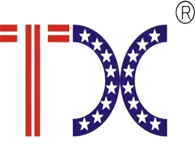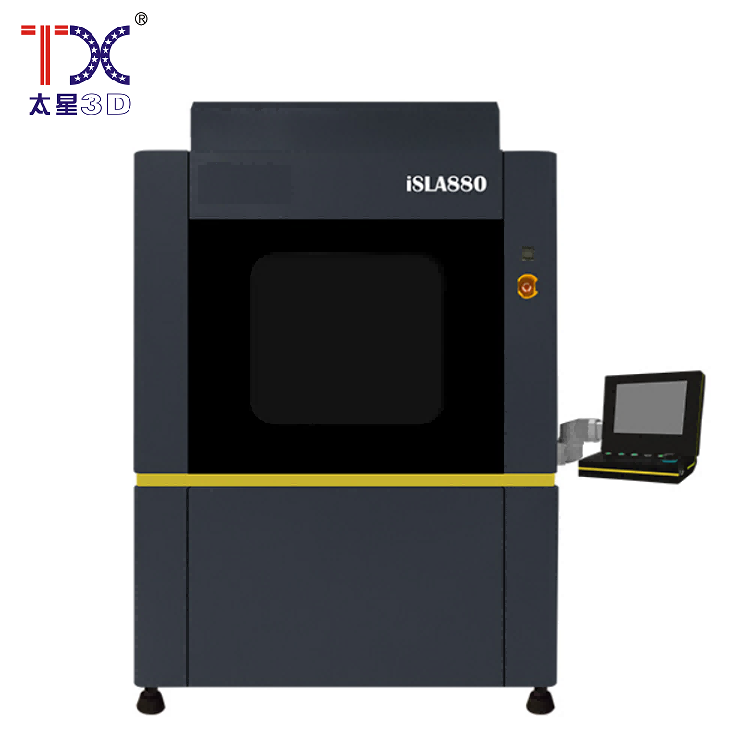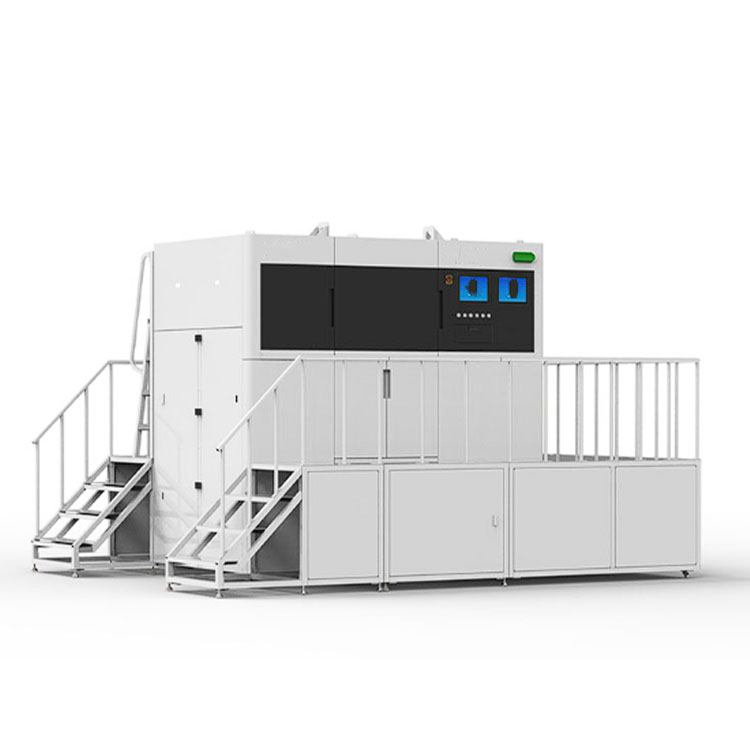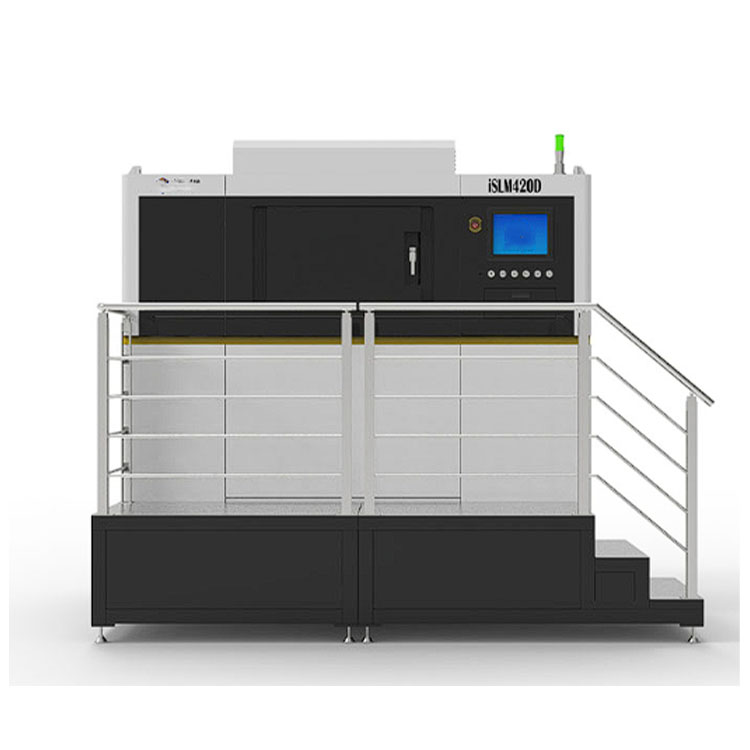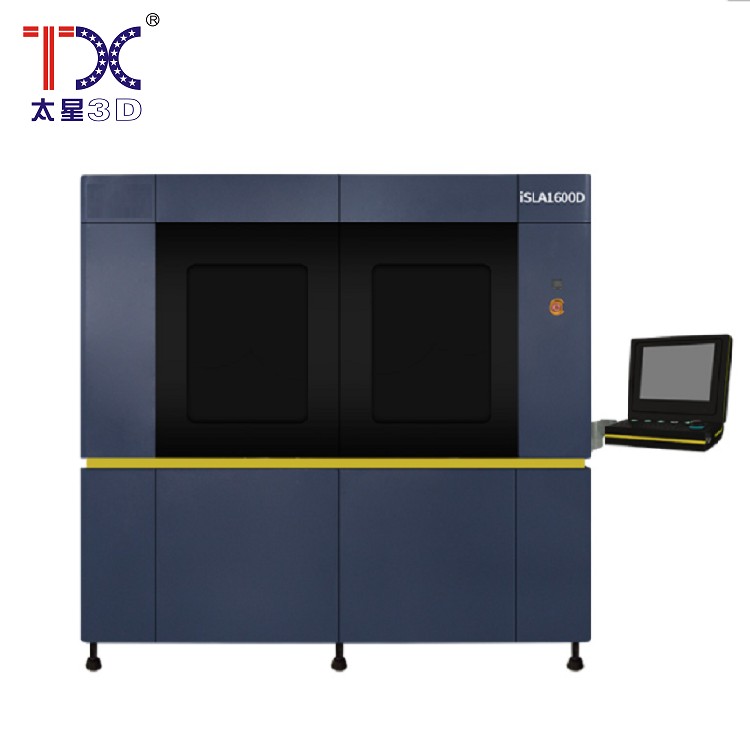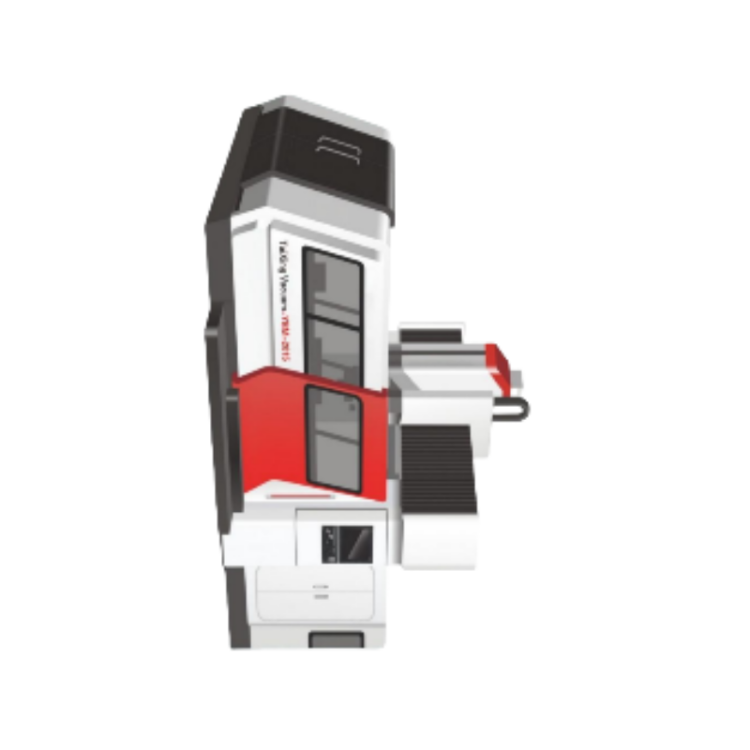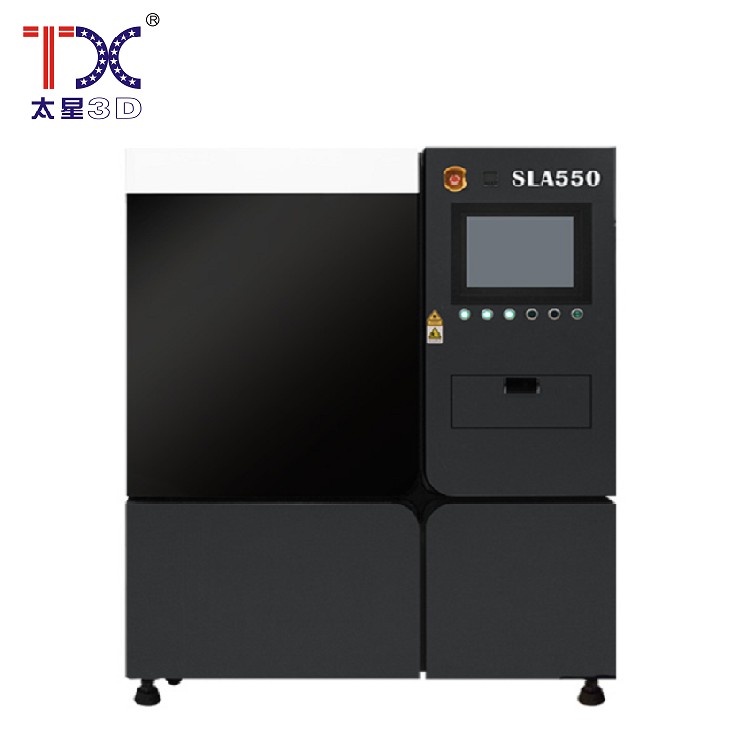
Direction of the axis of the CNC machine
Direction of the axis of the CNC machine
Modern CNC machines (numerical control) are complex mechanisms that allow you to create parts with high accuracy. The key element in the operation of such machines is the correct understanding and use of the direction of each axis. Understanding these areas is the basis for creating high -quality details and competent management of the processing process. Imagine how the sculptor works with a block of marble - he needs to know exactly where to move the tool in order to get the desired shape. The same with CNC machines.
The main axes and their directions
CNC machines usually have three main axes: X, Y and Z. The axis X is responsible for moving the machine to the right and left, the axis Y - forward and backward, and the axis z - up and down. Imagine a rectangular coordinate system. Movements along the X and Y axes usually occur in a horizontal plane, and on the z axis - vertically. It is important to understand that each axis has its own specific direction, which is specified in the coordinate system of the machine. An incorrect indication of the direction can lead to defects in the processed part.
How does understanding of the direction of the axis affect the quality of the part?
The correct indication of the direction of the axis is the key to obtaining a quality part. If the direction of the axis is indicated incorrectly, the machine will move not to where it is necessary, and the part will turn out with defects, distortions or not at all corresponding to the drawing. For example, if when processing the hole in the part of the Z axis is indicated in the wrong direction, the hole may turn out to be shallow or completely absent. This is the same as if the sculptor applied tools in the opposite direction from the plan.
The practical application of the knowledge of the axis direction
Knowing the direction of the axis of the CNC engine is necessary not only for machine operators, but also to designers, designers and technologists. Designers when designing parts should take into account the directions of the axes and limiting the machine. The techno should accurately describe the trajectories of the tool to achieve the desired result, taking into account the direction of movement of the machine. Operators directly working with the machine must carefully monitor the correctness of the assignment of the axes in the software in order to avoid errors and get a quality result.
AppropriateProducts
Corresponding products
The best soldproducts
The best -selling products-
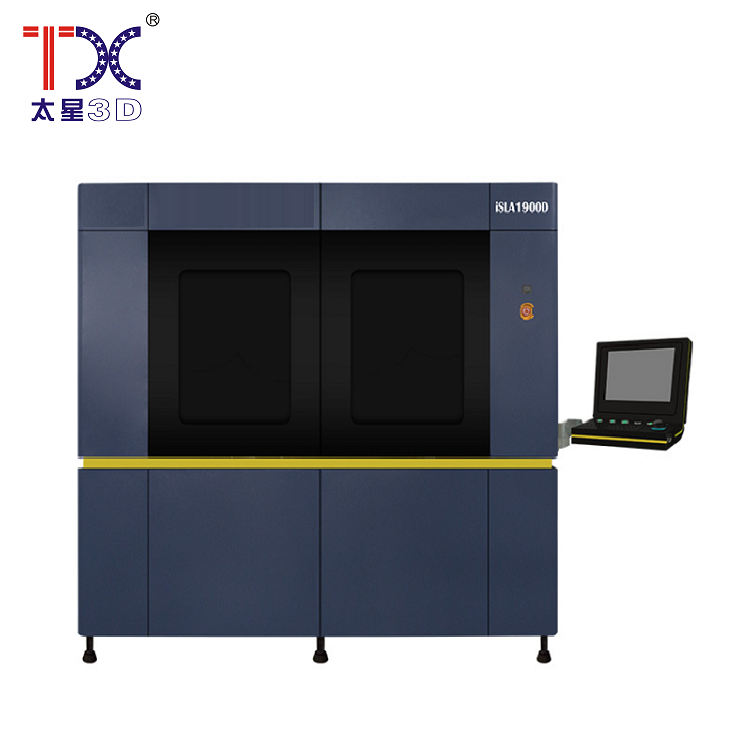 Taisin Light-adoptive 3D printer SLA1900D
Taisin Light-adoptive 3D printer SLA1900D -
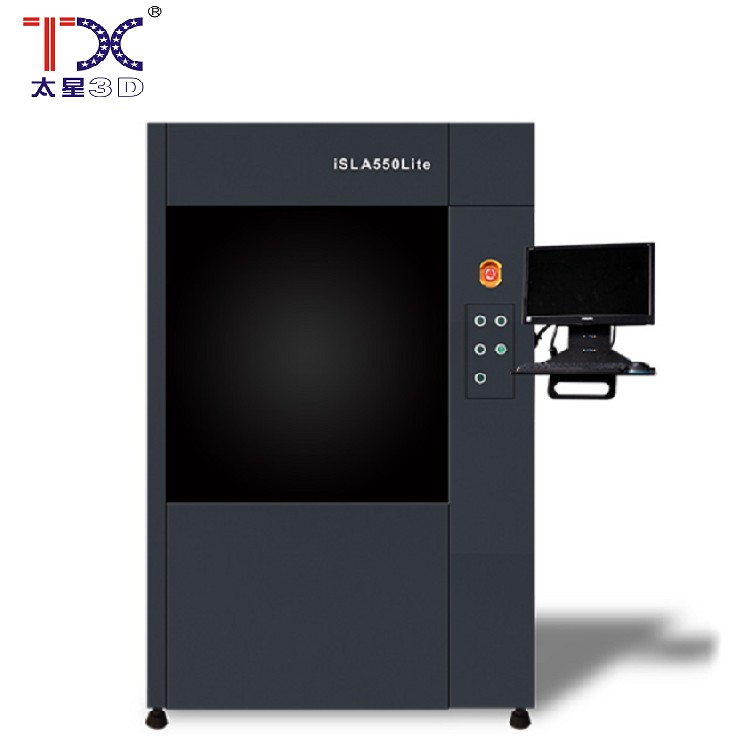 Taisin Light-adoptive 3D printer SLA550Lite
Taisin Light-adoptive 3D printer SLA550Lite -
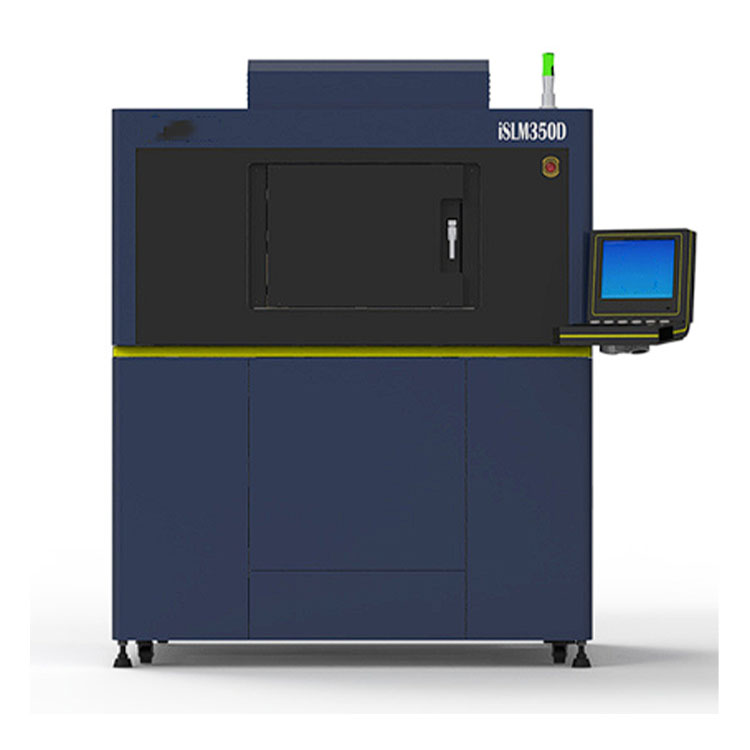 Taisin Metal 3D printer ISLM350D
Taisin Metal 3D printer ISLM350D -
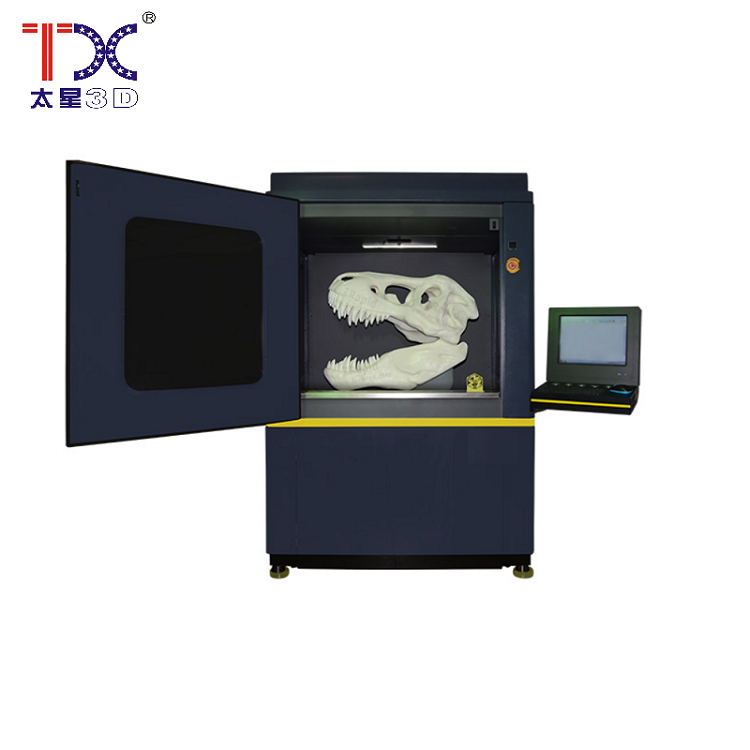 Taisin Light-adopted 3D printer ISL1100
Taisin Light-adopted 3D printer ISL1100 -
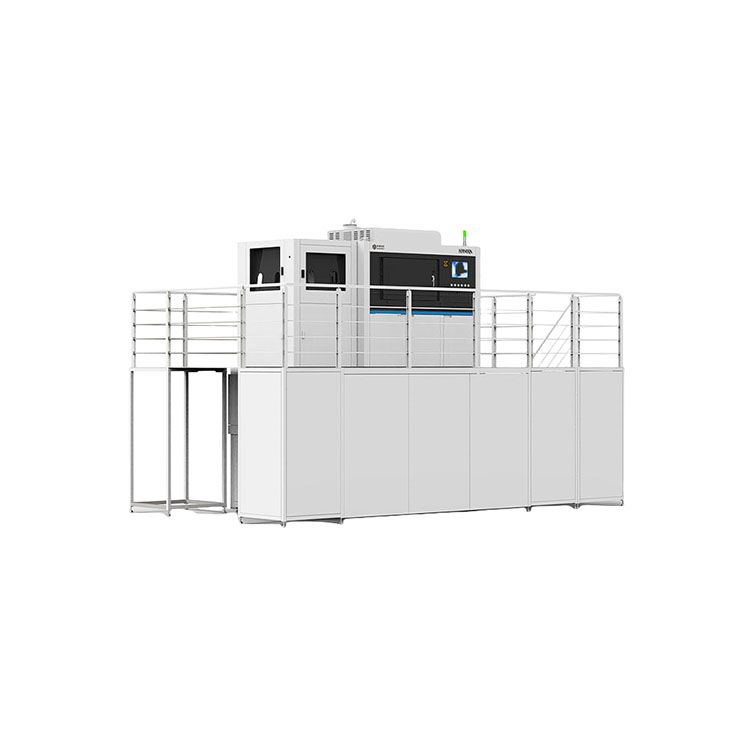 Taisin Metal 3D printer ISLM800QN
Taisin Metal 3D printer ISLM800QN -
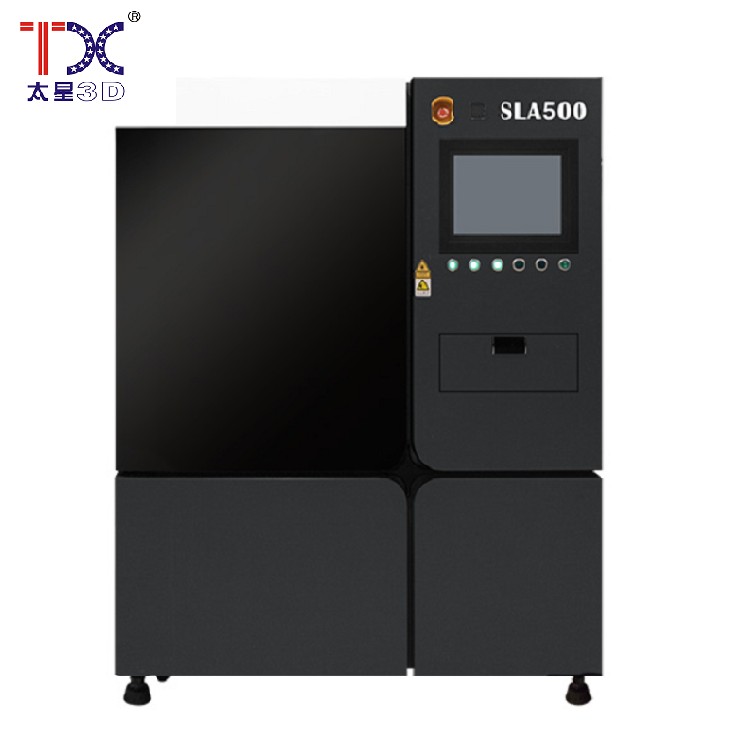 Taisin Light-adoptive 3D printer SLA500
Taisin Light-adoptive 3D printer SLA500 -
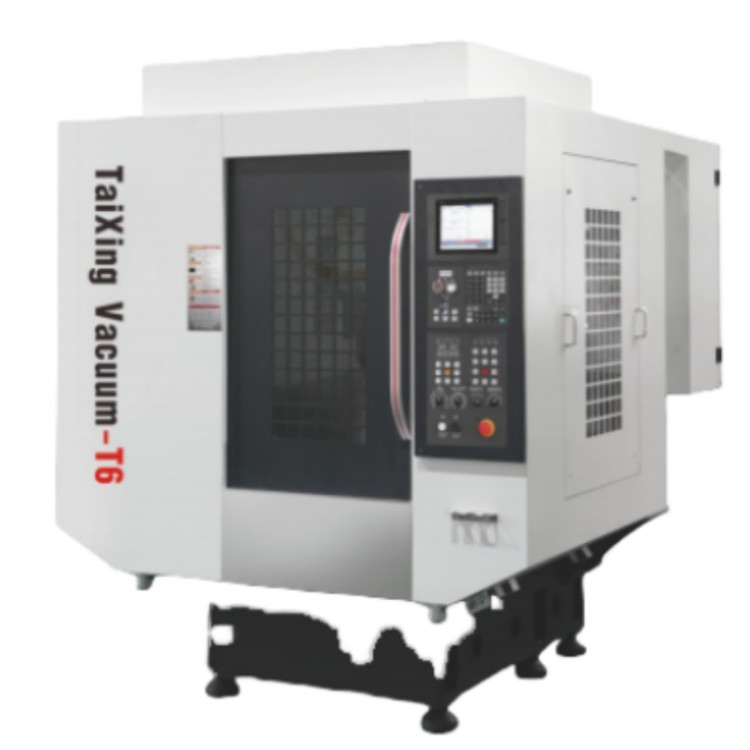 Taisin high-speed drilling and threaded machine TX-T6
Taisin high-speed drilling and threaded machine TX-T6 -
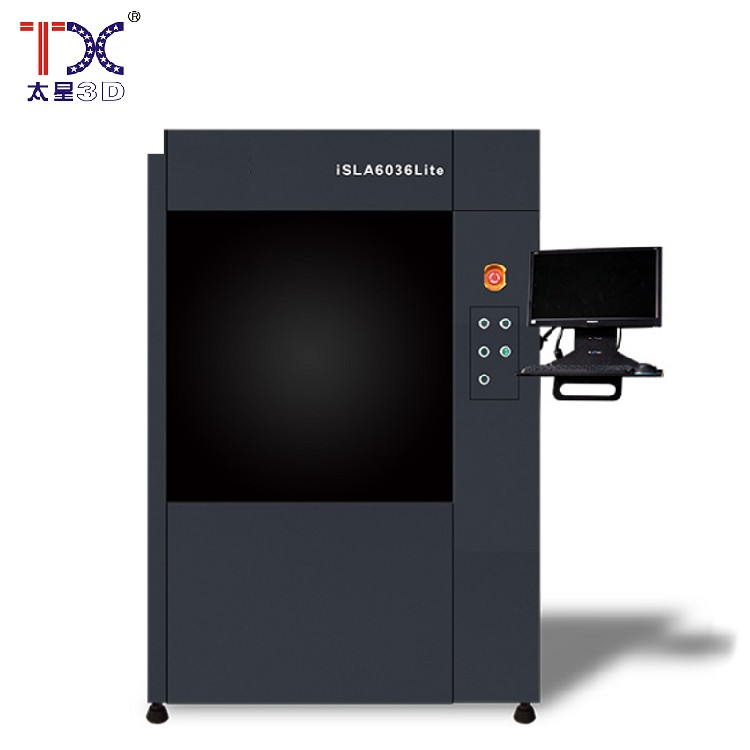 Taisin Light-adopted 3D printer SLA6036
Taisin Light-adopted 3D printer SLA6036 -
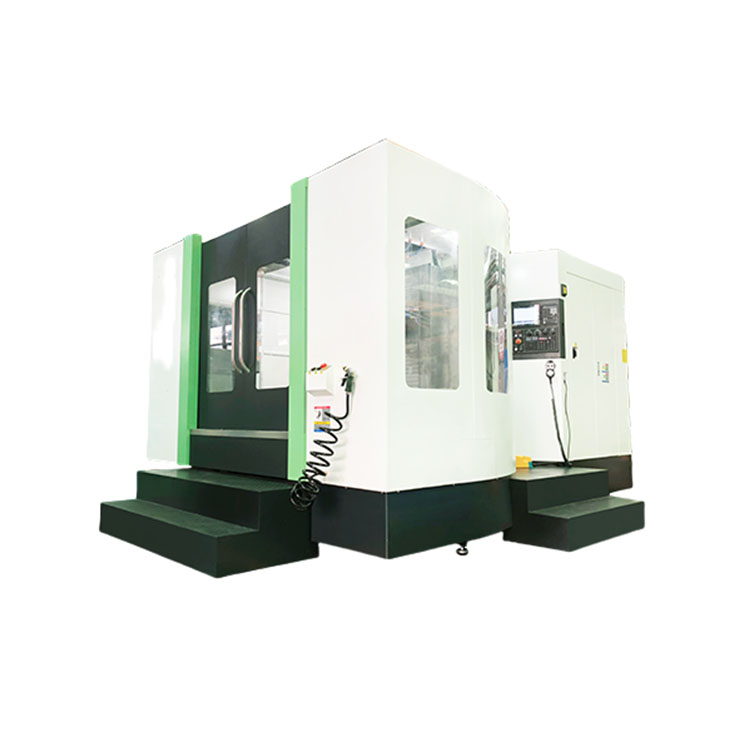 Taisin horizontal processing center with CNC High accuracy HMC TXHD-630
Taisin horizontal processing center with CNC High accuracy HMC TXHD-630 -
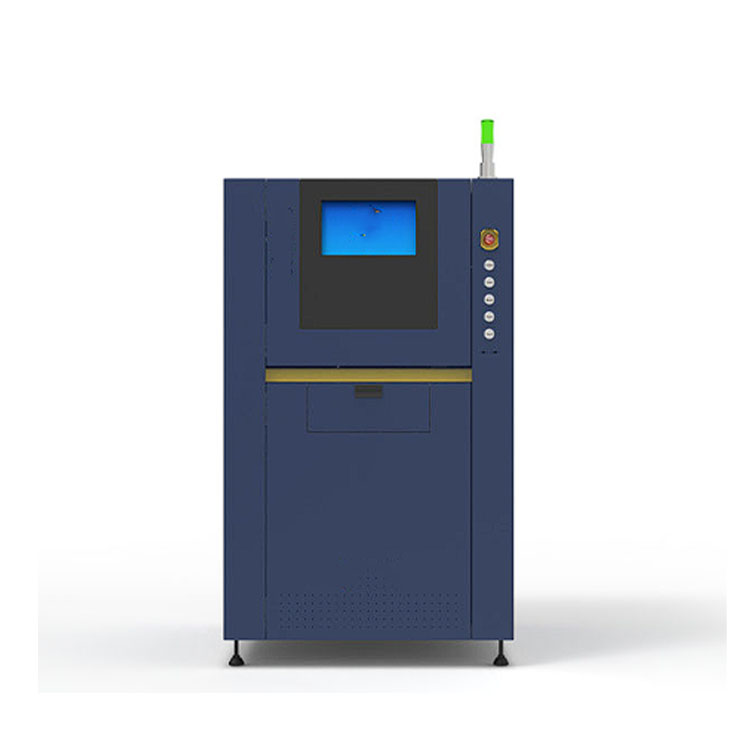 Taisin Metal 3D printer SLM160
Taisin Metal 3D printer SLM160 -
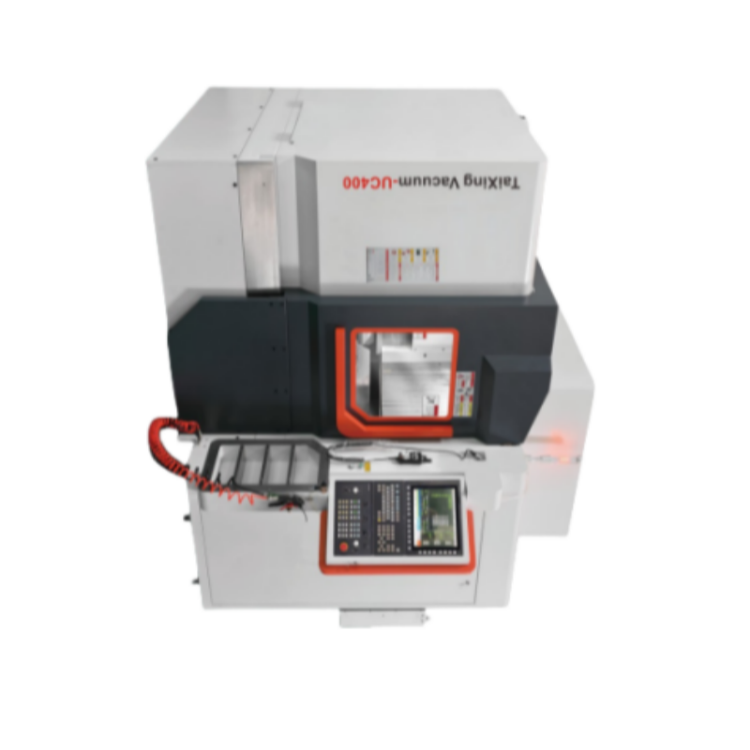 Taisin high-speed five-axis processing center TX-UC400
Taisin high-speed five-axis processing center TX-UC400 -
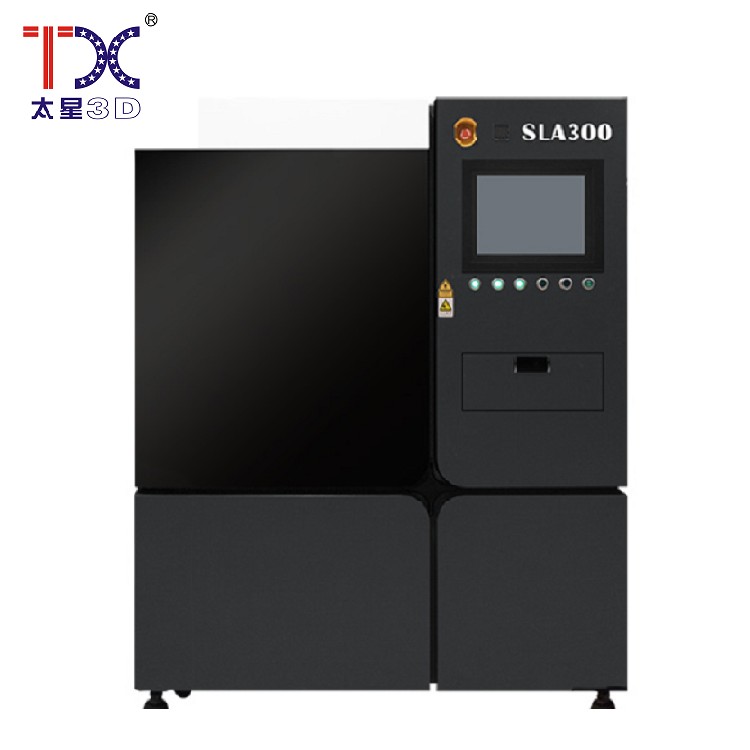 Taisin Light-adoptive 3D printer SLA300
Taisin Light-adoptive 3D printer SLA300
Connectedsearch
Related search- Manufacturers of durable 5-axis processing centers with CNC
- Pyatoose CNC
- The smallest 5-axial CNC machines in China
- Cheap SLIC3R manufacturers
- Cheap 11 axes of machine tool machines
- Cheap factories for type 3D printing technology
- Chinese suppliers of instrumental CNC centers
- Cheap suppliers of 6-axis CNC machines
- China Factory 5-Sose processing Center
- Biomaterial production plants in China
